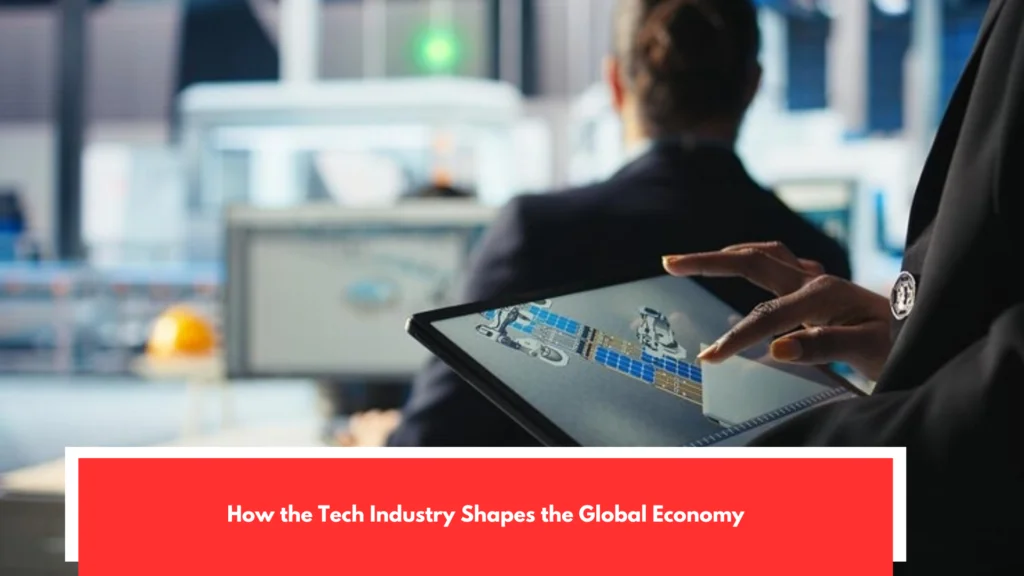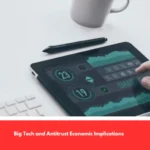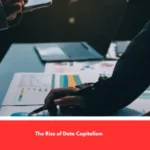How the Tech Industry Technology has a significant impact on much more than the economy, from research (R&D+i) to industry and the tertiary sector (services). However, the means and levers through which all this work born, adapted, and shaped so that it can emerge and put into motion for the creation of a more technologically diverse economy are a complicated matter, one that requires great success and difficult to measure. Furthermore, there is a parallel between the theoretical aspects of technology in the economy, education and research, and its practice, development, and applications.
To try to close these knowledge gaps, the European Union has created a methodological tool to provide a better understanding of how technologies and digitalization are helping to transform the eurozone economies. These figures, collected in the ‘Digital Economy and Society Index’ (DESI) reports, rate countries’ connectivity, human capital, internet use, digital technology adoption, and digital public services in relation to businesses. They classify businesses as having access to completely basic and generally available technologies.
The Rise of Tech Innovation

In 2021, 56% of European companies had this characteristic, which means they used at least four of the twelve most common digital technologies and capabilities One of the major gaps in digitalization and technology provision is also due to company size. While 88% of large companies have a basic, high, or very high level of digital intensity, 55% are SMEs. They are the most advanced in existence and, in some ways, can considered strategic by the European Union. Among these innovations is artificial intelligence (AI), which gives machines and systems the ability to learn and make decisions with a certain degree of independence to achieve specific purposes.
And, secondly, the Internet of Things (IoT), where devices, sensors, and systems interconnected and can communicate with each other via the Internet. Among the relevant AI technologies, the EU mentions, among others, the analysis of written language (text mining) speech recognition; generic written or spoken language programs (natural language generation) image recognition and processing; machine learning for data analysis and process automation.
How Tech Advancements Fuel Economic Shifts

The ranking holds the highest percentage of companies using AI technologies among EU member states: Denmark with 24%. Other countries that are in the spotlight are Portugal (17%) and Finland (16%). Even IoT devices, unlike AI algorithms, are more widely adopted among European companies, with 29% having implemented systems that allow monitoring or control from anywhere. Among its main applications, we can mention its use in security (starting with alarm systems, smart cameras, or any other devices, etc.) maintenance functionalities, as well as the maintenance of electricity.
Distribution systems (smart meters, thermostats, etc.), and also the maintenance of machines or vehicles. While Austria (51%), Slovenia (49%), and Finland and Sweden (both 40%) lead the nations in this technology, Spain ranks 7th among European Union countries in the percentage of influence of this technology on its economy, according to the Economy and Society Index (DESI) 2022. Our country has a high indicator of connectivity and internet network deployment (3rd), as well as the digitalization of its public services (5th).
Impact on Macroeconomic Policies

Spain is somewhat lagging in terms of human capital, that is, the knowledge of society synonymous, in a broad sense, with basic digital skills and, above all, in the number of ICT experts and graduates. Although leading countries in the ranking, such as Sweden and Finland, will have between 8% and 7.4% of their employability in this field, the reality in Spain and throughout the EU is harsh, with 4.1% of Spanish employees dedicated to the ICT sector, not far behind the European Union, where a small portion of employment (4.5%) is classified in ICT.
The difference is also very high in the gender imbalance in the number of women in ICT positions, accounting for 19% of the workforce, as is the case with the.metadata:euname:acronym:unset:ende September 30, 2015. Training and new digital skills will be one of the major topics discussed at GREX WORLD CONGRESS, held at IFEMA Madrid. Leading local and international experts from a wide range of technology circles will present and discuss the changes, challenges, and opportunities that lie ahead for businesses and the economy as a result of the technological revolution.
Conclusion

The penetration of technology into the economy is beginning to transcend a mere digital transformation of processes and services. It is a profound transformation that will change the way global markets and the companies that comprise them are organized and operate. This shift in analogy has been reflected in the reshaping of various aspects of the economy. For example, e-commerce has revolutionized retail, opening up arrays of products and services to all latitudes. Outside of commerce, technology has also stimulated innovation in various areas, from production to financial services, and as such, a stronger and more diverse economic system.
The ability to adapt to emerging technological conveniences has become a key component of the economy today. Technology and the economy also play a much more important role in the path toward more sustainable development. Pioneers in the fields of solar and wind energy are helping to reduce dependence on fossil fuels and limit the environmental footprint. Technology has facilitated transparency and traceability in supply chains, enabling both companies and consumers to make more responsible decisions.





